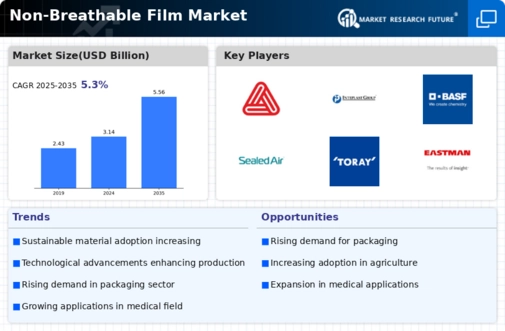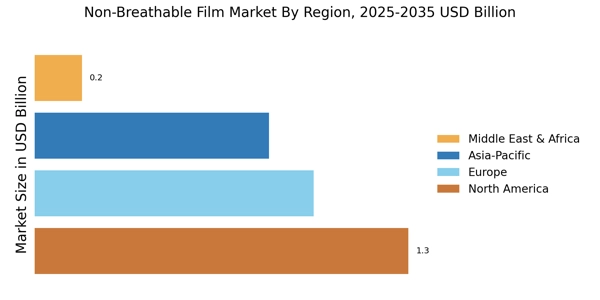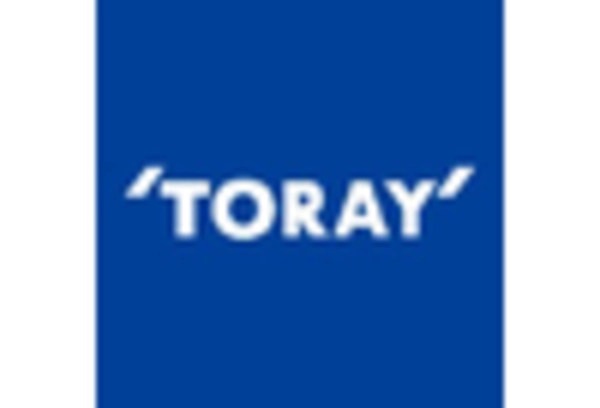The Non-Breathable Film Market is characterized by a diverse range of players engaged in the manufacturing and supply of non-breathable films, which find applications across various sectors, including packaging, healthcare, and agriculture. Competitive dynamics in this market are driven by innovation, product differentiation, and strategic collaborations to enhance market reach.
As consumers increasingly demand high-performance materials that offer durability and moisture resistance, companies are focusing on advancing their technological capabilities to develop new formulations and applications.
The competitive landscape is marked by the presence of both established corporations and emerging players, each vying for market share through aggressive marketing strategies and customized product offerings. Sustainability is becoming a focal point, with many firms investing in eco-friendly alternatives while also optimizing production processes for improved efficiency and reduced waste.
Avery Dennison is a significant contender in the Non-Breathable Film Market, leveraging its strengths in innovation and customer-centric solutions.
The company has established a strong market presence, notable for its emphasis on research and development, which allows it to continuously improve and introduce non-breathable film products suitable for diverse applications such as medical packaging and hygiene products.
Its commitment to sustainability is reflected in the development of films that not only meet performance standards but also align with environmental initiatives, making it an attractive partner for businesses looking to enhance their sustainability profiles.
Furthermore, Avery Dennison's extensive distribution network and strategic collaborations bolster its capability to deliver tailored solutions to various industries, enhancing its competitive edge. Klockner Pentaplast is another prominent player in the Non-Breathable Film Market, recognized for its robust manufacturing capabilities and comprehensive range of film products.
The company focuses on producing high-quality, non-breathable films that cater to the stringent regulatory demands of the healthcare sector, as well as the packaging industry. Klockner Pentaplast's commitment to innovation is evident in its ongoing investment in advanced technologies to enhance product performance, durability, and efficiency in production.
With a strong emphasis on quality control and compliance with international standards, the company has managed to establish a reputation for reliability and excellence. Additionally, Klockner Pentaplast actively pursues strategic initiatives aimed at expanding its market presence and enhancing customer engagement, positioning itself effectively within the competitive landscape of non-breathable films.


















Leave a Comment